Are you searching for essential tips, teaching resources, and unit plans for teaching informative writing? If you are, you’ve landed on the right page.
This article is packed with tips and tricks for teaching informative writing. You’ll find unit plans and lesson plans, as well as an informative writing teaching presentation for every grade. Take a look at this Exploring Informative Texts PowerPoint…
Purpose, Structure, and Language Features
When teaching informative writing, my number one tip is to break your teaching and learning program up into 3 main focus areas:
- text purpose
- text structure
- language features.
In other words, don’t expect your students to write a piece of informative writing until they have a secure knowledge and understanding of these 3 elements.
Take a look at our Informative Writing Prompts collection to explore the purpose of informative texts. This collection includes fact files, stimulus sheets, and writing scaffolds to encourage your students to research and write about different topics.
Preparing Students for Learning
It is vital to expose your students to a variety of informative texts before and during a unit on informative writing. Therefore, it’s a good idea to update your reading corner!
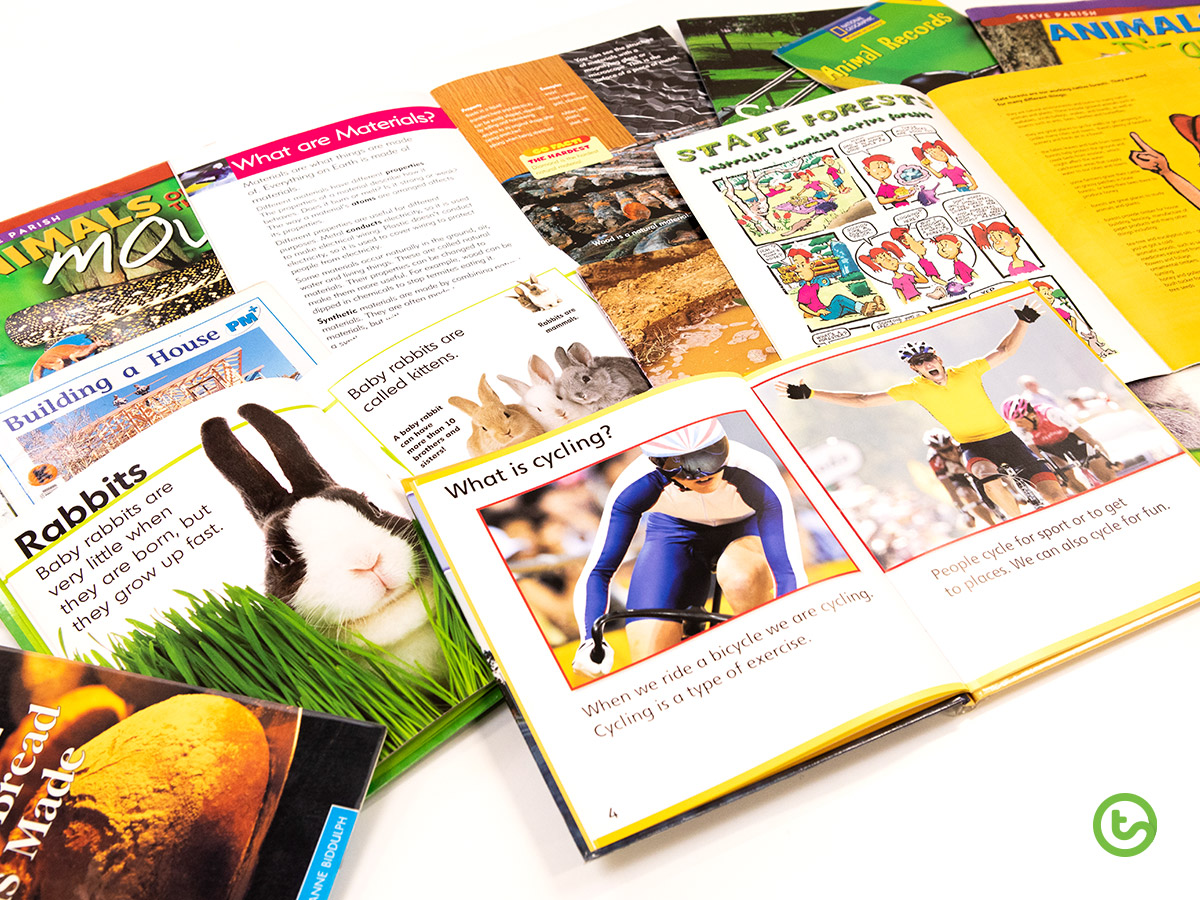
Pop down to your school library and find as many examples of informative writing as you can. Aim for a wide variety of factual texts such as non-fiction books, non-fiction magazines, and newspaper reports. Don’t forget to include our brilliant Year 5 Magazine – What’s Buzzing? (First Edition) and our Year 6 Magazine – What’s Buzzing? (First Edition) in your reading corner.
Most importantly, provide students with opportunities to read and respond to short informative texts and factual documentaries.
My next tip is to create a word wall. Our Informative Writing Word Wall includes a set of 36 vocabulary words related to informative writing. Don’t be afraid to expose lower grade students to sophisticated language. I am constantly amazed by the sponge-like quality of lower grade students.
Text Purpose
Identifying the purpose of informative texts and informative writing is the foundation for learning success. A great place to begin is to separate fact from fiction.
For example, as a class compare and contrast the well known fictional tale of The Very Hungry Caterpillar written by Eric Carl with a factual documentary on the life of a butterfly.
Next, complete the Venn Diagram Graphic Organizer by comparing the imaginary text about caterpillars to the informative text about caterpillars. This activity idea can easily be adapted for middle and upper grades by using age-appropriate texts.
When your students can identify fact and fiction, it’s time to identify the difference between fact and opinion. For middle to upper grade students, why not try a game of I Have, Who Has? Fact and Opinion Game?
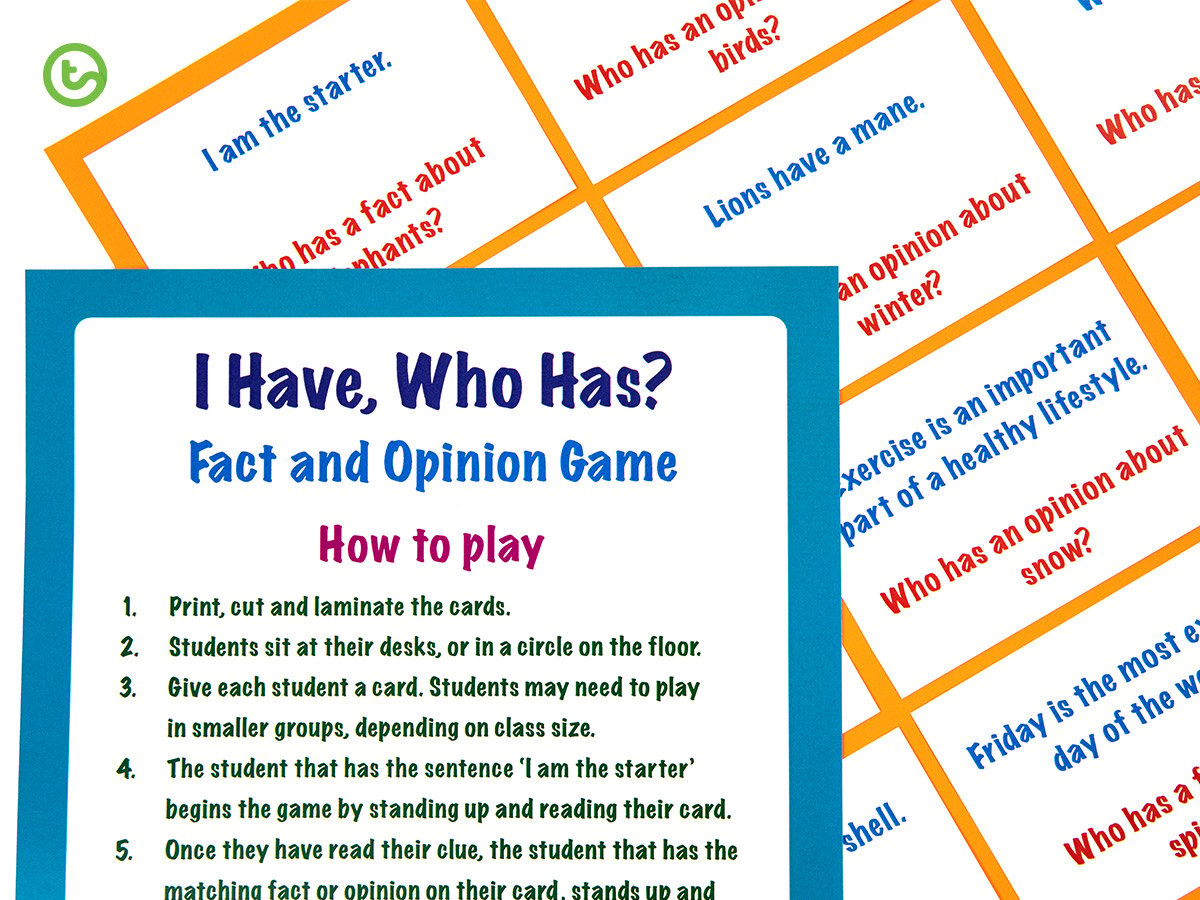
This whole class game helps students understand the difference between a fact and an opinion. Instructions on how to play this game are included as part of the teaching resource.
Text Structure
One of the most effective ways to learn about the text structure of informative writing is to complete sorting activities. By sorting ideas into boxes, students are able to plan and organize their ideas for writing.
Our Informative Text Structure – Sorting Activity (Complete Set) is a set of 5 sorting activities that can be used in many ways. For example, you could encourage your students to choose their favorite animal. Alternatively, you could complete one sorting task as a whole class. Then, arrange your students into 4 groups and use this resource as a writing center activity.
Encourage your students to cut and paste facts about frogs, penguins, crocodiles, baleen whales, and butterflies under the following headings:
- What is it?
- Where does it live?
- What does it look like?
- What does it eat?
Language Features
It’s easy to teach your students about the language features of informative texts with the help of the Octonauts. Use an engaging video in conjunction with our Exploring Informative Texts PowerPoint to spark a class discussion.
Before you share this video clip (or another one of your choice), discuss the language of informative texts, as outlined on slide 20 of the Exploring Informative Texts PowerPoint.
Next, rewatch the video and ask the students to identify examples of informative language used in the clip.
Informative Writing Unit Plans
Don’t miss out on our informative writing unit plans. There’s one for every grade!
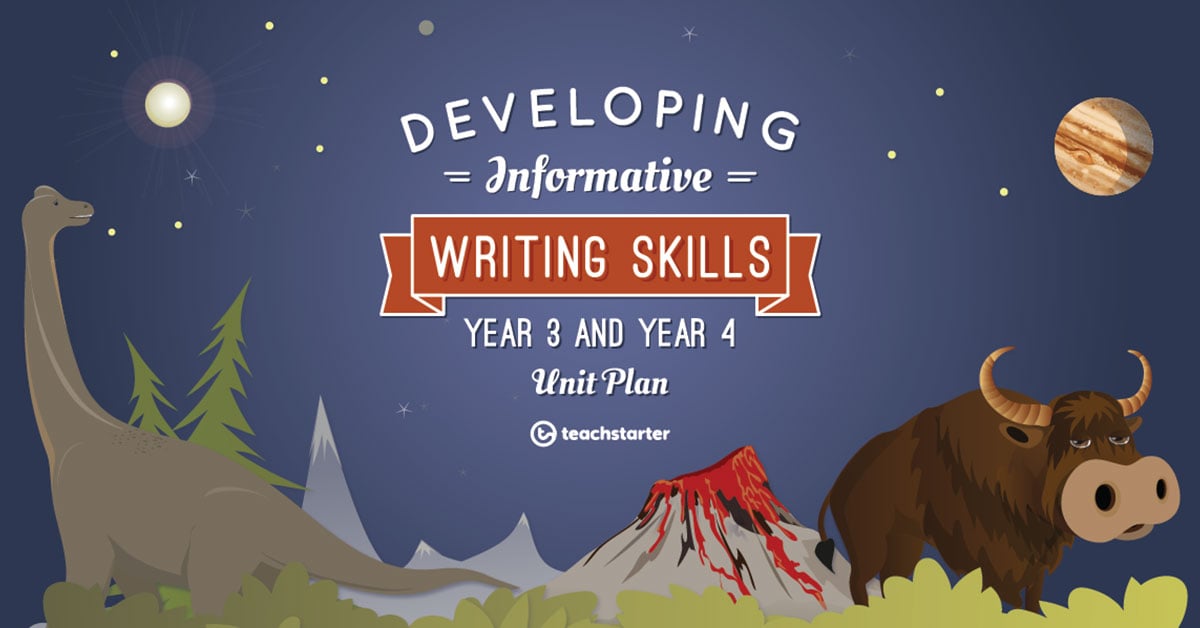
We have created three curriculum-aligned informative writing unit plans:
- Exploring Informative Texts Unit Plan – Year 1 and Year 2
- Developing Informative Writing Skills Unit Plan – Year 3 and Year 4
- Writing Informative Texts Unit Plan – Year 5 and Year 6
Each unit plan offers a sequence of lessons and suggested time frames. Don’t forget that our time frames should be regarded as a guide only. So, you’ll need to pace the lessons in accordance with the individual learning needs of your class. Also, an independent writing task, (which may couple as an assessment task), is included in the unit. It’s important to note that the number of lessons required to complete this task may vary from class to class.
Just when you thought it couldn’t get any better…each unit plan can be used in conjunction with a corresponding teaching presentation.
In summary, to teach informative writing effectively, think purpose, structure, and language features. Immerse your students in a wide variety of informative texts including books, magazine, video, and digital texts. And finally, do yourself a massive favor and download our informative writing unit plans.

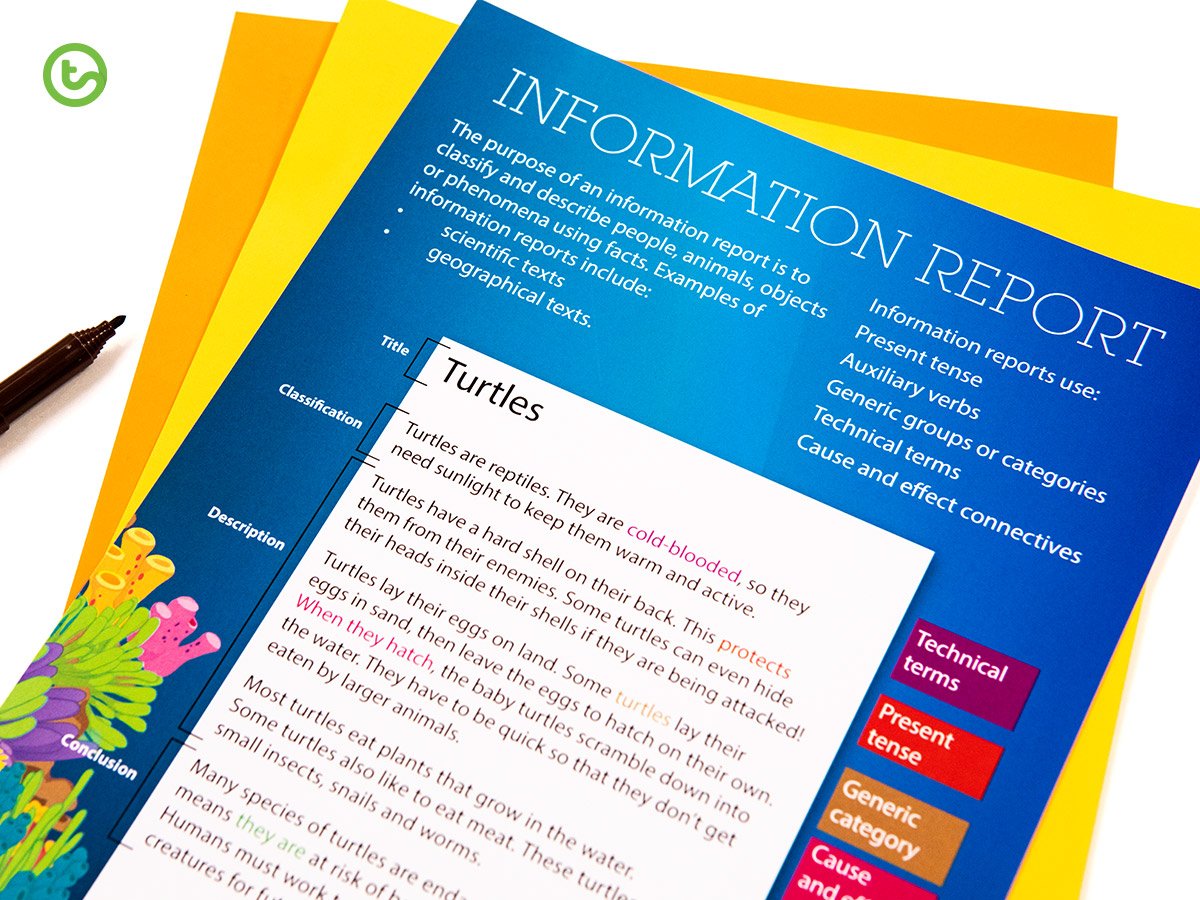
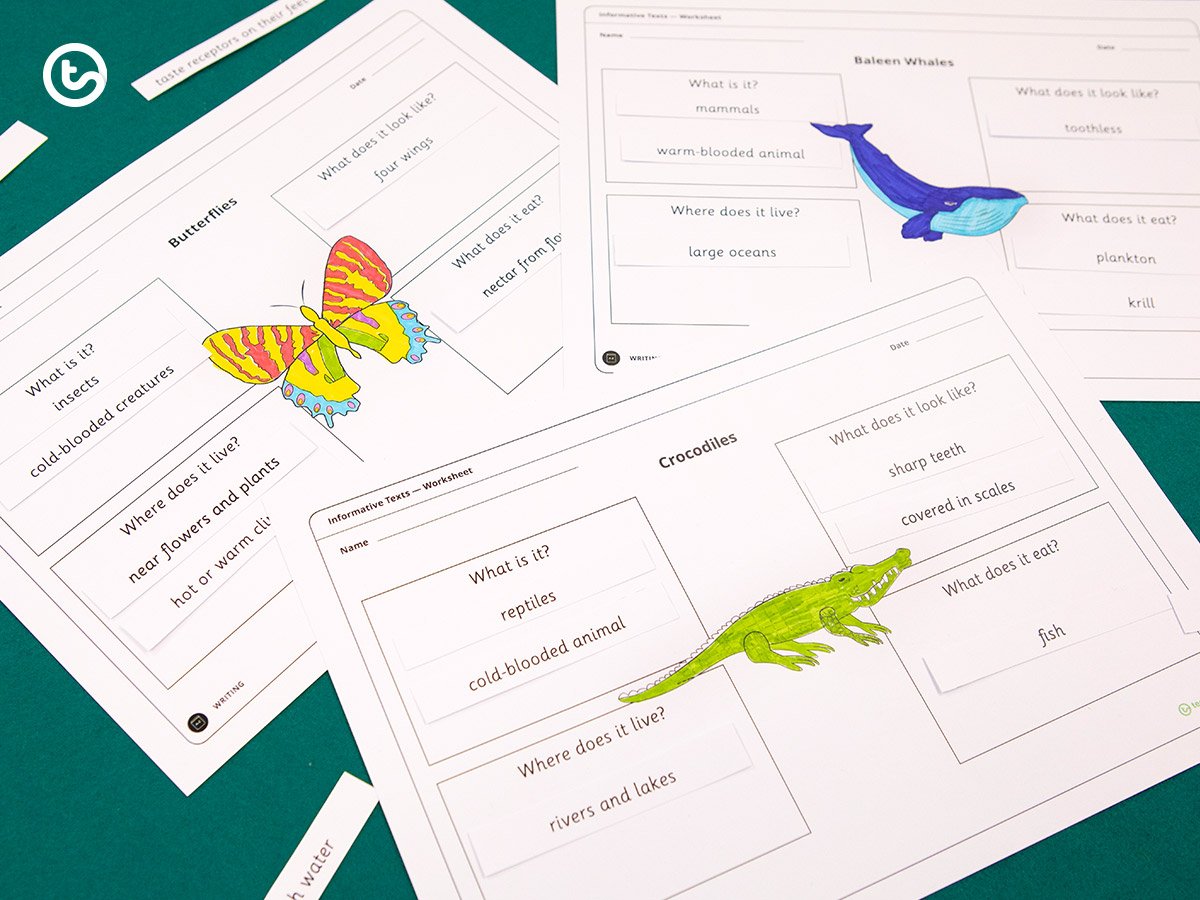
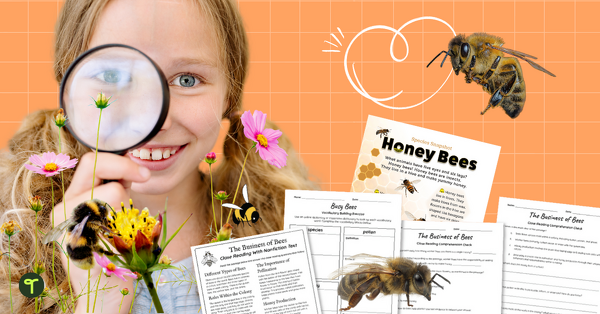
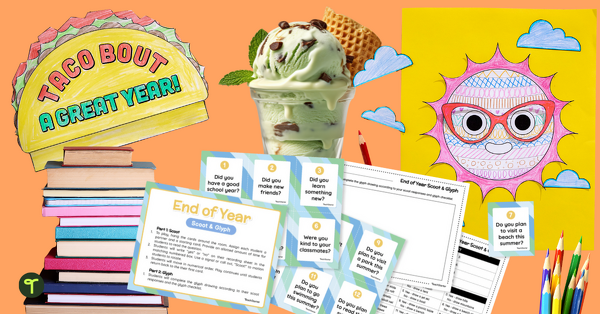
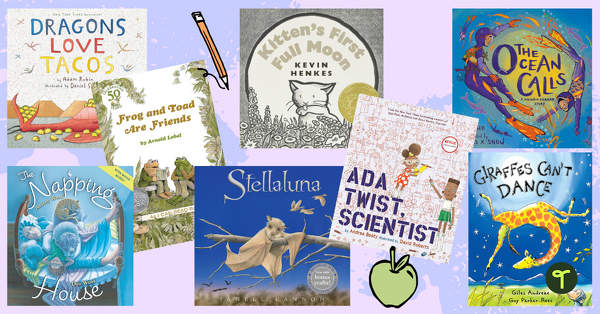



Comments